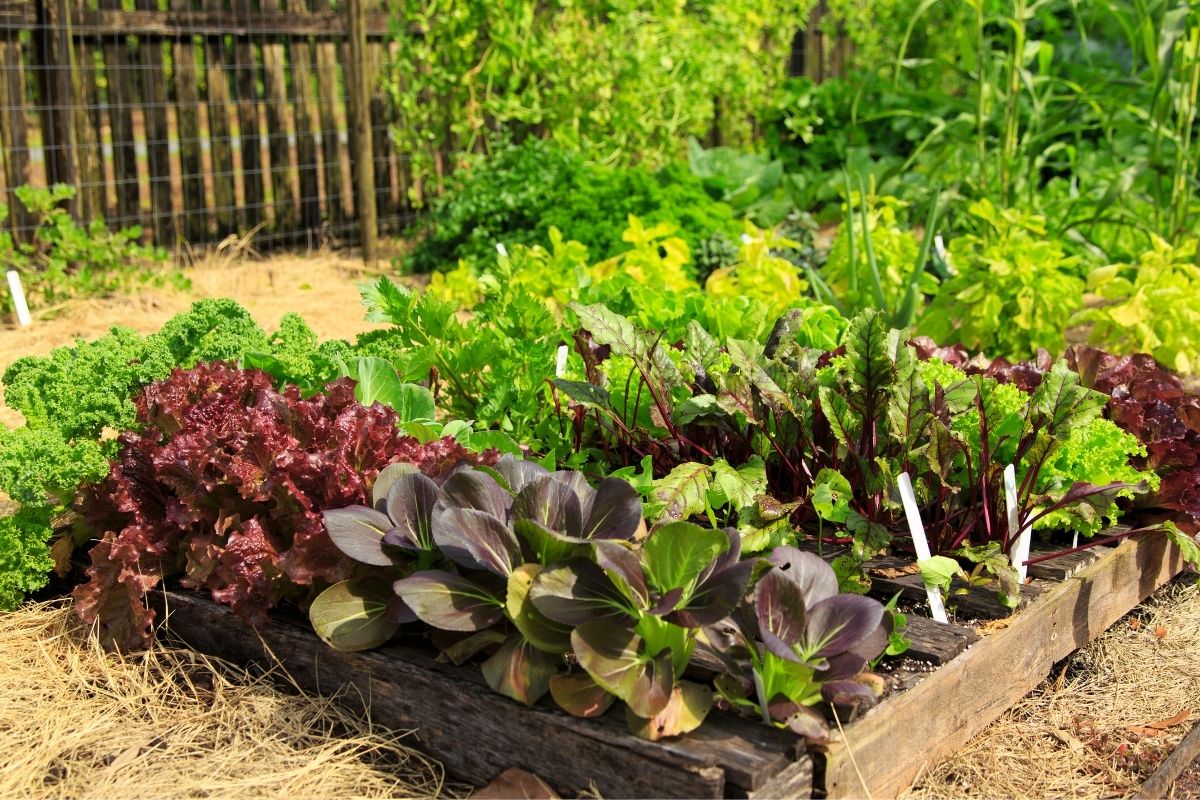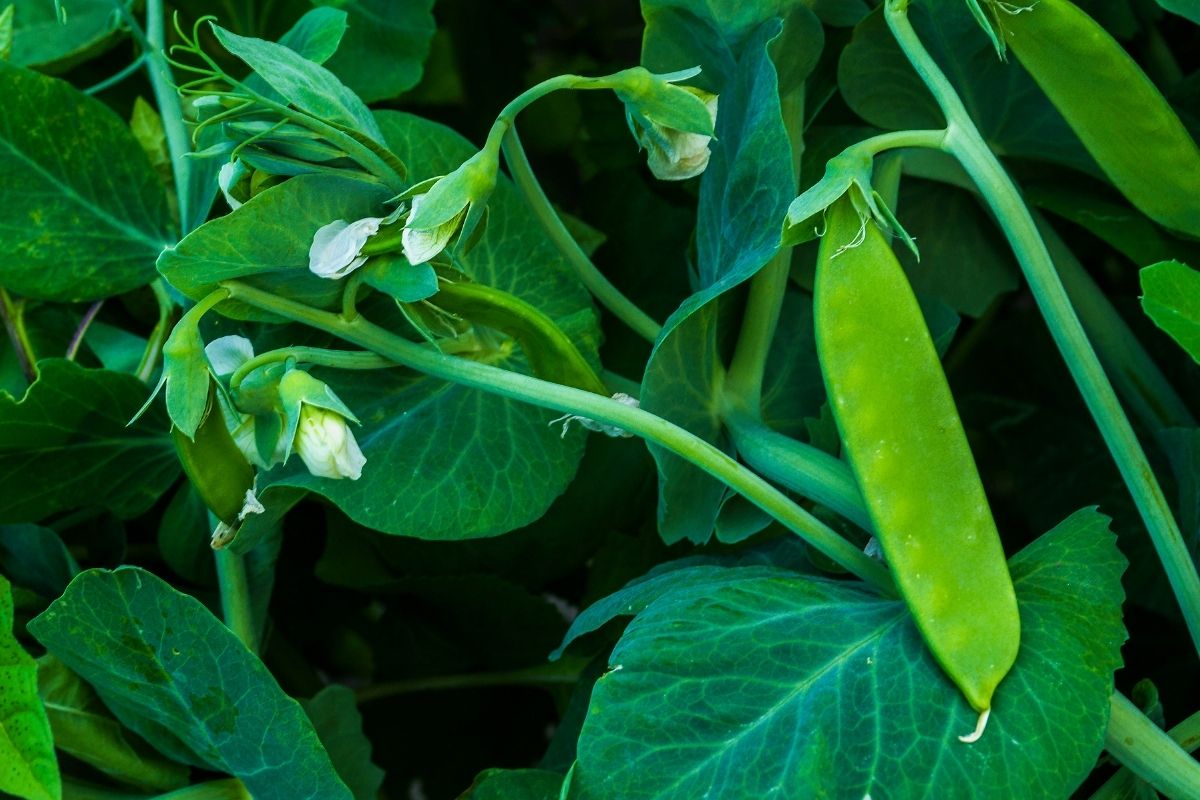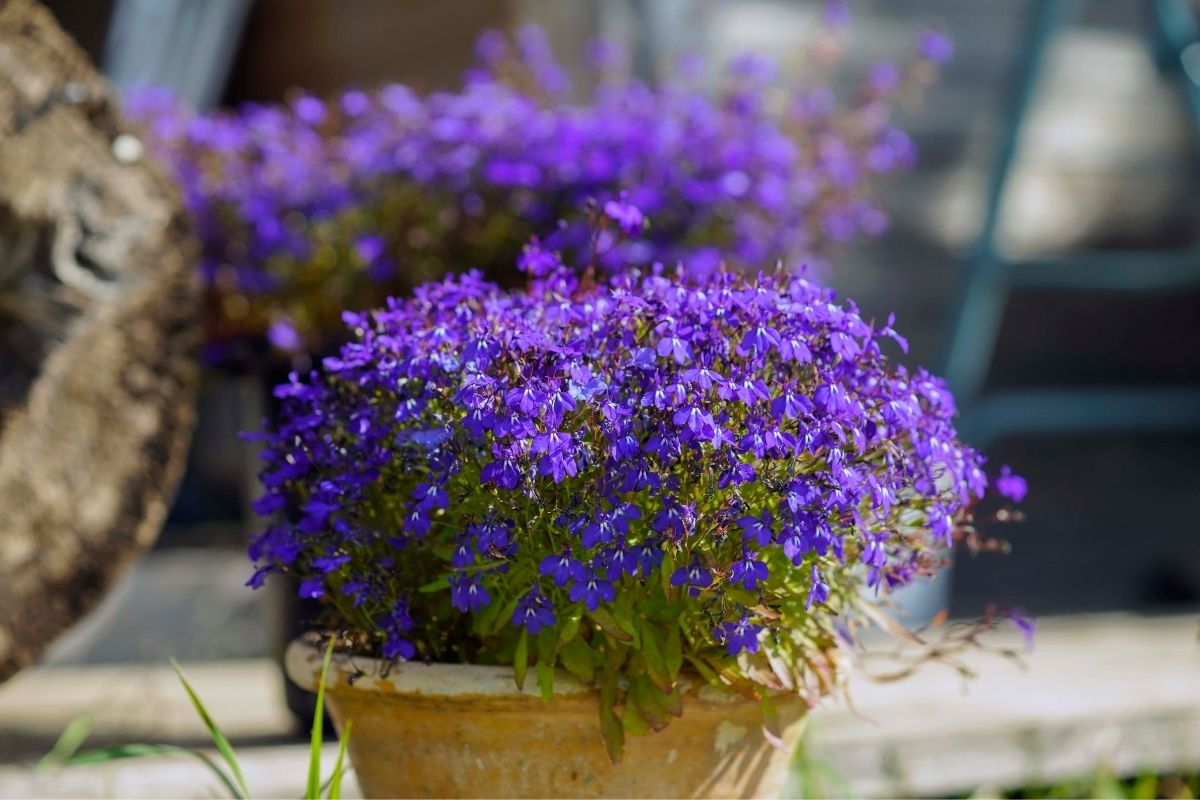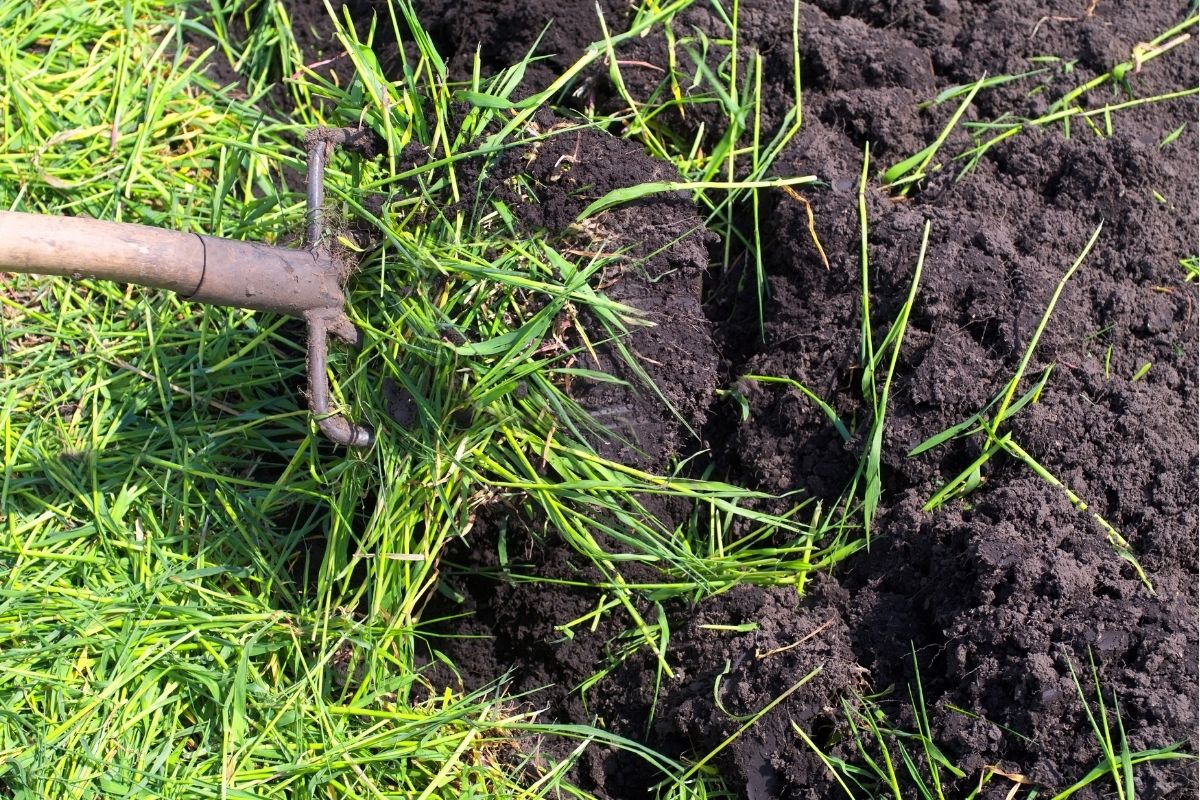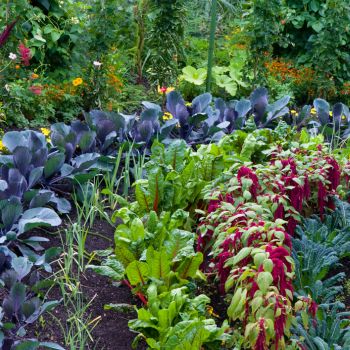For many gardeners April is the most enjoyable time of the year to work in the garden. The worst of the warm weather is over and the fresh mid-autumn weather is a welcome relief.
While we are finally enjoying a drop in temperature there's still plenty of warmth in the soil for plants to get established. Remove the last of the summer veg, add some compost to replenish the soil and get planting to enjoy homegrown vegetables and flowers through the cooler months. The gardening hours you put in now will pay huge rewards in winter and spring.
Read on below or click the following links to browse a range of seeds to sow now in your climate:
▩ Cold Climate: Tasmania, Melbourne, Mt Gambier, Canberra, etc.
▩ Moderate Climate: Sydney, Perth, Adelaide, etc.
▩ Warm Climate: Brisbane, Bundaberg, Carnarvon, etc.
▩ Tropical Climate: Broome, Darwin, Cairns, Townsville, etc.
▩ Not sure which climate? Click here.
Vegetables
April is the month to plant legumes, root crops and alliums so they can establish before the cool of winter slows their growth. The soil is still warm enough to sow quick-maturing brassicas and many leafy greens. Garlic cloves can also be planted now through to the end of May.
- Brassicas: Brussels sprouts, cabbage, chinese cabbage, mustard, kale, cauliflower.
- Leafy Greens: Lettuce, mizuna, rocket, silverbeet, cress, sorrel, spinach.
- Legumes: Snow pea, shelling pea, broad bean.
- Alliums: Onion, bunching onion, chives, leek.
- Root Vegetables: Carrot, beetroot, radish, turnip, swede.
- Garlic bulbs: Early, mid and late varieties.
Flowers
As many summer annuals end their flowering period it's time to refresh the flower garden for winter and spring blooms. Start seeds now for a good supply of edible and cut flowers and to brighten up containers through the cooler months. Flower bulbs can also be planted now for flowers in late winter and spring. A good rule of thumb for bulbs is to plant daffodils and jonquils anytime during April and May, and tulips and hyacinths starting around Mothers Day.
- Edible flowers: Calendula, carnation, cornflower, dianthus, pansy, viola.
- Containers: Alyssum, candytuft, carnation, impatiens, lobelia, pansy, viola.
- Cottage garden: Aquilegia, godetia, livingstone daisy, nigella, poppy, wallflower.
- Cut flowers: Dianthus, gypsophila, larkspur, snapdragon, sweetpea.
- Natives: Billy buttons, everlasting daisy, yanchep rose, hardenbergia, kangaroo paw.
- Bulbs: Daffodil, jonquil, hyacinth, tulip.
Green Manure
Autumn is a good time to sow a green manure crop to rejuvenate soil that may be depleted following the summer harvest. Also called a compost crop or fallow cycle crop, green manure crops are quick growers that can improve soil texture and add organic matter and nutrients to the soil. Some, such as our biofumigation mix, can also help control nematodes and soil-borne pests and diseases. Till green manure into the soil just before it flowers and wait about six weeks for it to break down before planting the next crop. Learn more about growing green manure here.
